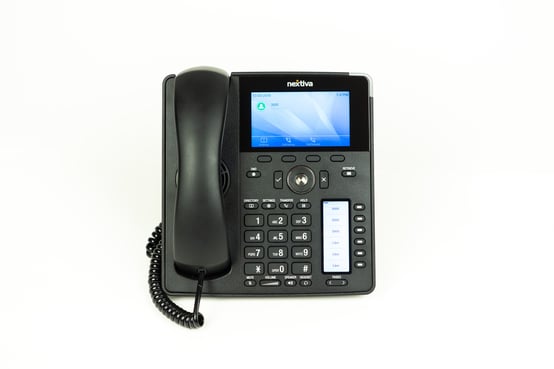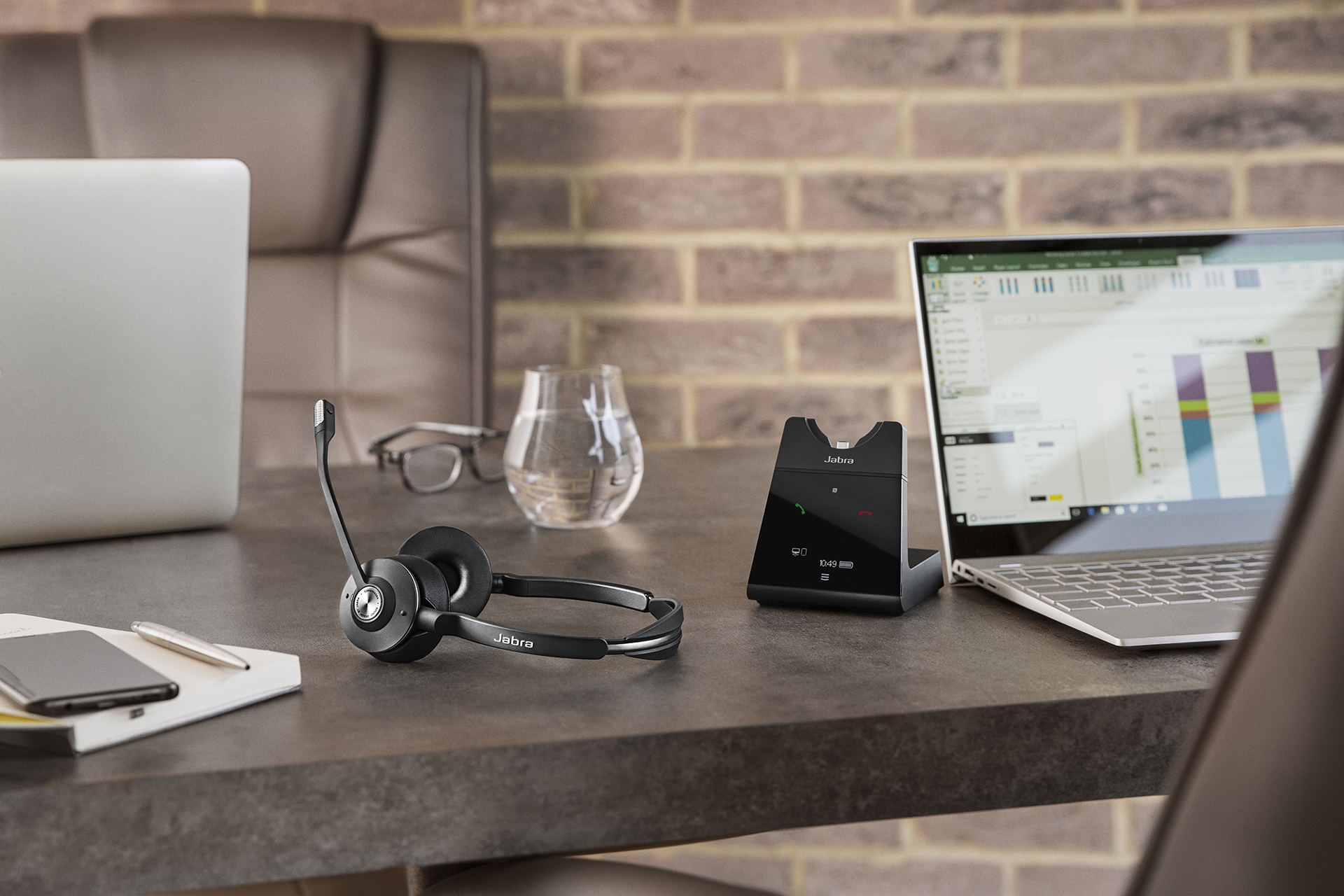The best calling tools for your Hubspot Sales-Hub based sales team.
Calling is the single most important tool in a salesperson’s communication arsenal. After all, missed calls are missed opportunities.
Not only can calls act as a powerful instrument in persuading and influencing your customers, but they can also be a platform for discovery and a way for hot leads to get in touch with you.
Calling also comes with a whole host of other benefits, particularly when massaging cold leads. You have the ability to use all the persuasive charms of your words, tone and inflexions to gain the rapport you need to convert your customers.
We’ve all had messages get lost in translation over email and text. But during a phone call, armed with some quick thinking, you can easily adjust your message on the fly.
Finally, calling allows you to really dig into questions and empathise with your prospects, so you can connect with them on a personal level. Try doing that over an email or a text.
But calls go missing. Data gets lost.
Salespeople are busy. They work in fast-paced, high-pressure environments. Even at the best of times, they can be forgetful and things inevitably slip through the cracks.
They don’t always have time to log calls when they’re balancing a long list of priorities and competing deadlines. Then there’s also the perception that bosses only want employees to log information so they can play big brother and maintain their watchful gaze - especially when working remotely.
While calling has a lot of benefits, not all calling tools are created equal. So, we’re going to break down the good, the bad and the ugly of the different ways of interacting with your customers over the phone so you can work out what’s best for your business.
Mobile Phones

Pros
- Nearly everyone on the team has one, so you don’t have to lay out too much capital to get started.
- They often come with unlimited calling, so your costs are minimised.
- They work where the team works, provided you have coverage.
- They’re highly personalised. You get who you called to speak to (Assuming they pick up).
- SMS is an option.
Cons
- If the mobile is out of coverage or switched off, the customer gets nothing. At best, they might get a voicemail message.
- Mobile numbers aren’t tied to a business. So when staff members leave, the customer goes with them.
- You can’t transfer a call. So if you can’t help a customer but your colleague can, you have to hang up, call the colleague, ask them, then give the customer your colleague’s number (or vice versa) and hope they contact each other. Talk about taking the scenic route.
- All hours availability or none at all. Your team either has their phones on or they have them turned off.
- International calling is pretty much a no-go. You need physical mobiles and sims from different countries - plus face the brunt of international calling rates. Our customers tell us that Aussie’s pick up 75% fewer calls from NZ numbers than from Aussie numbers. Talk about lost productivity.
Landlines in the office
Pros
- They don’t rely on a good quality internet or mobile data connection.
- Good and consistent call quality.
- No learning is required - even a toddler can use a telephone.
- Who doesn’t love the sound of a landline ringing?
Cons
- Anchored to the office premises. You can’t take your Private Branch Exchange (PBX) on the road with you. If nobody is in the office, calls don’t get answered.
- Costs can creep up, especially when you start introducing international calling.
- To have a number for international customers, you must have a physical landline in that country.
- Scalability is a real problem. You can only make as many calls as you have phone lines. So, if you’ve only got one and you’re on the phone, your customers go straight to voicemail. Or worse - they hear a busy tone!
- No ability to have remote teams.
- Expensive cost of implementation and hardware.
3CX Cloud Phone system

Pros
- Lots of companies already use it, so you know they do something right.
- Highly customisable, meaning if you have the time, skills, and patience, you can make it do anything that you might want to do.
- Works with a lot of different SIP trunk providers, meaning you can shop for the best prices on calling if that’s your focus.
Cons
- A limited number of simultaneous calls, based on the license that you’ve bought. You can save money by buying a cheaper license, but what happens if you get a surge in calls? Back to those busy tones again.
- Everything is an add-on, including support. So if something goes wrong, expect to pay a technician or a tech support centre to fix it for you.
- This is one component of the system and you’ll probably have to build the bits yourself (SIP trunks, phone handsets, and get your IT team to install and manage it). These all add to the total cost of ownership (TCO) and you might not have considered them to start with.
- Expensive to maintain. Essentially, you need an IT team or an external IT provider to manage this - which makes it much more expensive.
- Difficult to scale your team.
HubSpot Calling
Pros
- You can call a contact from within HubSpot which is super convenient if you’re already in there.
- It works on your computer so can be used in the office, at home, or even when you’re on the go.
- You can log note summaries directly into HubSpot while on call, helping your team keep your source of truth up to date.
Cons
- HubSpot doesn’t provide you with a phone number, so you just tie an existing number (such as the user’s mobile) to the calls. If the customer calls you back, it goes somewhere else, and those calls aren’t logged in HubSpot. They might even decide to call you back at 8 pm on a Friday, and after those office beers, you might not be well placed to close the deal!
- The calls are made through the browser, and as much as we love Chrome, it likes to hog your computer’s resources. This often leads to really poor voice quality, robotic calls, and calls dropping. Not exactly what you want to happen on that critical sales call!
- A limited number of minutes depending on the HubSpot plan
Aircall
Pros
- Call recording, which enables you to keep better records of past interactions with your customers, and also train and coach your team.
- Cloud-based, so your team can work from home if there’s another lockdown or would rather not face public transport or long commutes.
- It takes 5 minutes to set up and test.
- Great reporting tools that enable you to improve the way your team is working.
- Unlimited calling. Aircall has raised a quarter of a billion dollars to grow quickly, and part of that means enticing you with plenty of cheap calls. If you’re smiling and dialling, Aircall is truly a great option for you.
Cons
- Poor level of support. A phone company that you can't speak on the phone with? Okay?
- No headset integration. If you’re not right in front of your computer or don’t have a speaker, you’ll miss calls.
- They’re trying to be all things to all people, so while they do 100s of integrations, they’re not best in class for them. Jack of all trades, master of none.
- They don’t have a friendly and helpful kiwi support team.
- You have to pay a whole year upfront. This is tough, especially when you’re a growing company and cash is king.
Cradle
Pros
- A HubSpot certified integration built from years of experience working in and focussing on HubSpot. No country codes on your phone numbers? Not a problem with Cradle.
- Cloud-based and works anywhere. If you’re in a sketchy mobile area, we can even simultaneously ring your mobile and your laptop.
- Full headset integration (and great pricing on Jabra headsets for our Aussie and Kiwi customers), so your team can get kitted out with the best tools for their job.
- Great quality calling, from both the voice and user experience perspective - all designed to help you make the phone your customers’ preferred way of communicating with your company. Plus, we have a customer support team on standby to resolve any issues as and when they happen, keeping your business running.
- Offer a setup service to help you get the reporting you need out of HubSpot. We know that data underpins how you’re making decisions in your business, and your calling data should be a big part of that. After all, it’s how many of your most important conversations happen.
Cons
- Can be more expensive than some of the larger guys, because we live and work where you do.
- Only integrate with HubSpot and Xero, so if you’re not on that tech stack your integration ability will be slightly limited.
- SMS is only available via third-party integrations (with Sakari and others), meaning you’ll have to grab another subscription to text your leads.
Calling tools are a crucial part of your business. Having the information you need to make the right calls on the best calling tools for your business can have a powerful impact on the effectiveness of your sales team - and ultimately, the growth of your business.
To find out how Cradle can help you and your team, watch our demo.
Share this
You May Also Like
These Related Stories

Grow sales and cut costs by moving your phone system to the cloud

3 Ways HubSpot and Cradle can set your customer-facing teams up for success

